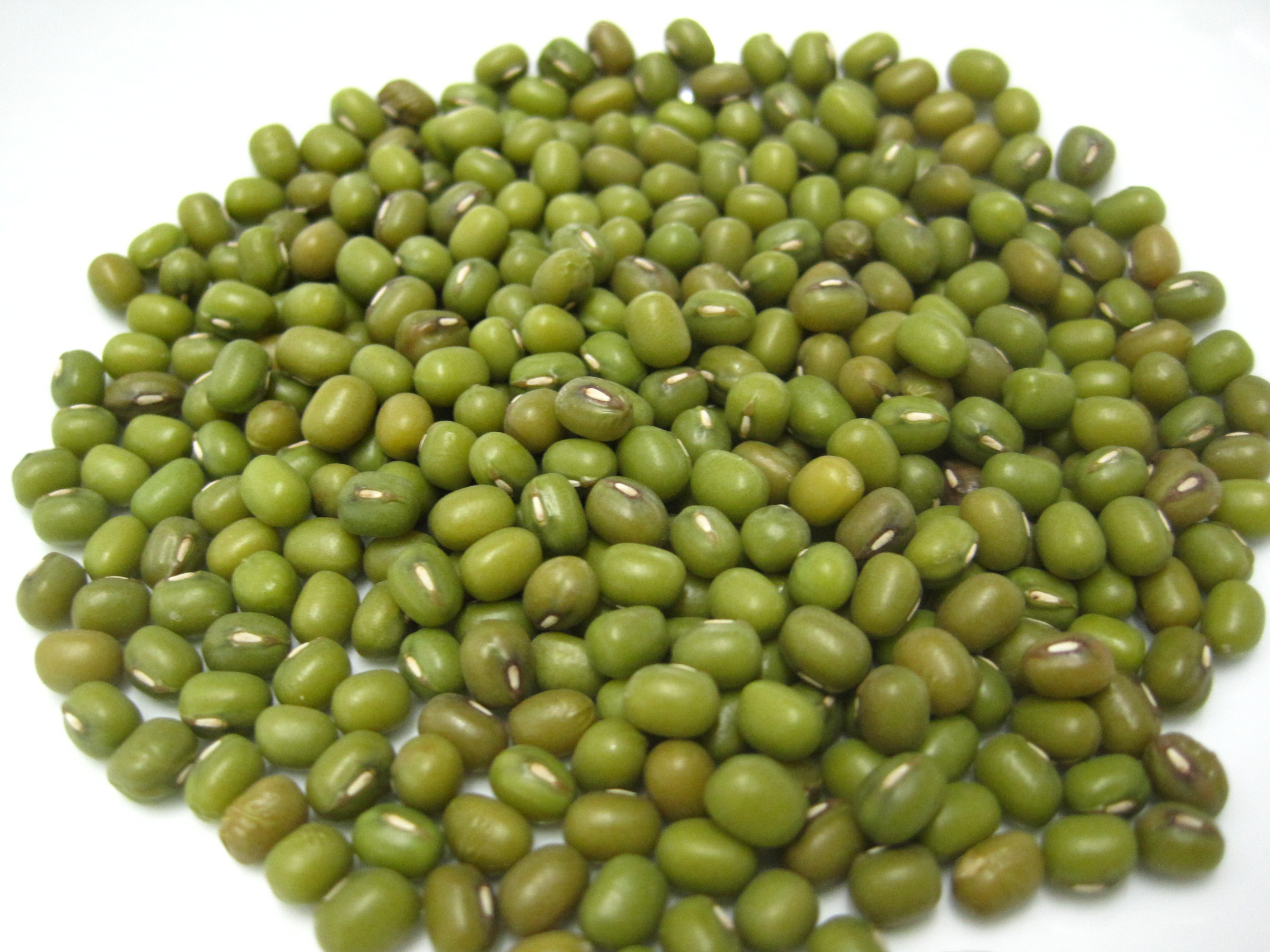Green legumes have gained considerable attention in the health and wellness community, primarily due to their high fiber content and multiple health benefits. These small, green legumes are not only wholesome but also versatile, making them a great addition to multiple dishes. From soups and salads to stir-fries and desserts, mung beans can improve both taste and nutritional value in your meals.
In the past few years, the demand for mung beans has led to the establishment of dedicated mung bean factories, which focus on manufacturing and distributing these legumes to meet the rising interest in vegetarian diets and healthy eating. Understanding the health benefits of mung beans is crucial for anyone looking to incorporate more wholesome foods into their lifestyle. With their high fiber content, mung beans can aid digestion, promote cardiovascular health, and support maintaining a healthy weight, making them an outstanding choice for health-conscious individuals. spintax ### Nutritional Advantages of Mung Beans
Mung beans are a treasure trove of nutrition, packed with an astounding array of nutrients and minerals that factor to overall health. These small legumes are rich in dietary fiber, which assists in digestion and helps maintain a healthy gut. This high fiber content not only encourages consistent bowel movements but also fosters a feeling of satiation, making mung beans an outstanding choice for those looking to control their weight.
In addition to fiber, mung beans are a fantastic source of vegetable protein. They have all nine essential amino acids, making them a complete protein source. This is particularly beneficial for vegetarians and vegans who may struggle to meet their protein needs. Adding mung beans into meals can boost muscle recovery and growth, as well as provide lasting energy levels throughout the period.
Additionally, mung beans are packed with key vitamins and minerals, including folate, magnesium, and potassium. Folate is crucial for DNA synthesis and repair, making it important for pregnant women and overall cell health. Magnesium helps regulate muscle and nerve function, while potassium is critical for maintaining healthy blood pressure levels. Consuming mung beans consistently can contribute to a balanced diet, promoting sustained health and vitality.
Preparation Mung Bean Seeds in Production Facilities
The manufacturing of mung beans in manufacturing plants is a crucial phase in bringing this healthful legume to the consumer. Factories typically begin by choosing high-quality mung beans, confirming they are absent of impurities and flaws. This selection method is crucial as it helps retain the health benefits and caliber of the finished product. Once classified, the seeds undergo thorough cleaning to eliminate dirt, pebbles, and other impurities, which is necessary for safety in food handling.
After washing, the mung legumes are often de-skinned or cut, according to the purpose. Peeling involves taking off the shell, while dividing produces bifurcated portions of the legume. mung bean supplier and flavor of the seeds but also provide convenience for customers, as hulled legumes prepare faster and are simpler to incorporate into various dishes. Factories use machinery designed for these tasks to guarantee productivity and consistency in product quality.
Ultimately, the processed mung beans are wrapped for distribution. Manufacturing plants apply rigorous product quality measures to check for any issues and verify that the legumes meet hygienic and safety standards. Proper wrapping is also crucial to maintain quality and prevent spoilage during distribution. By focusing on these processing stages, mung bean production facilities play a crucial role in supplying this adaptable and health-promoting product to customers worldwide.
Sustainable Practices and Future of Green Gram Production
As the need for healthy and eco-friendly food sources increases, mung beans are attracting attention for their promise in agricultural systems. Mung beans demand significantly fewer water and can thrive in poorer soil conditions compared to other crops, making them a robust choice in regions facing environmental issues. Their unique capability to fix nitrogen in the soil improves soil fertility, leading to sustainable farming practices and minimizing the need for synthetic fertilizers.
The expansion of mung bean production also offers promise for economic development. Facilities like mung bean factories can boost local economies by creating jobs and increasing agricultural outputs. As more farmers recognize the ecological benefits and market potential of mung beans, investment in manufacturing facilities and distribution networks will probably increase. This can lead to better access to nutritious foods, benefiting both producers and consumers equally.

In the next years, the integration of technology in mung bean farming is expected to improve yield efficiency and sustainability. Innovations in crop monitoring, pest management, and sustainable farming practices can improve mung bean cultivation. With ongoing research and development, the outlook of mung bean production seems bright, offering not only health benefits for consumers but also a beneficial impact on the environment and local economies.
